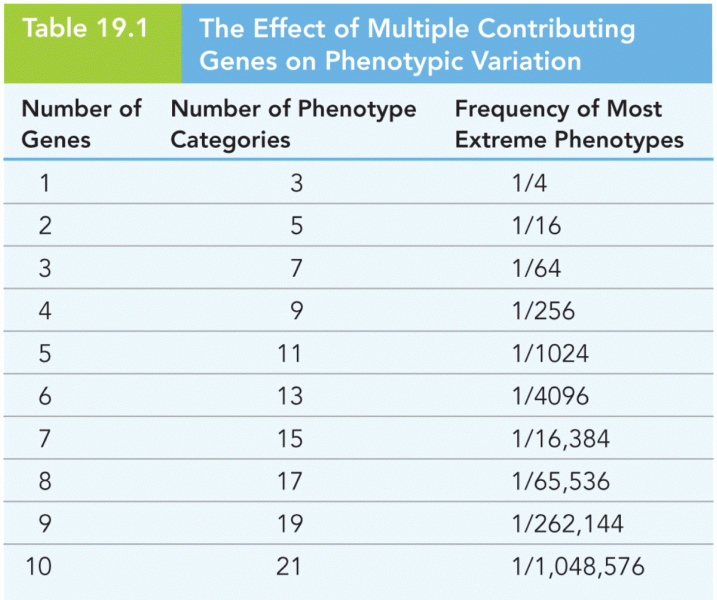Answer to Question 1
Correct Answer: 2
Rationale 1: An antipyretic has no direct impact on reduction of inflammation.
Rationale 2: Antipyretic agents reduce fever by acting directly on the hypothalamus heat-regulating center to produce peripheral vasodilatation, sweating, and dissipation of heat.
Rationale 3: An antipyretic agent has no effect on edema or swelling of tissues.
Rationale 4: Although antipyretic agents also can inhibit chemical mediators of pain, their mechanism is unclear.
Global Rationale: The goal of antipyretic therapy is to lower body temperature while treating the underlying cause of the fever, which is usually an infection. They have no direct impact on reduction of inflammation, edema, or blocking pain transmission. Some medications have more than one indication and could affect these parameters.
Answer to Question 2
Correct Answer: 4
Rationale 1: Chemotaxis is the ability to attract neutrophils and to stimulate them and other cells in the area to become very aggressive. Chemotaxis is not life-threatening.
Rationale 2: The Hageman factor (factor XII) is responsible for activating the kinin system, the clotting cascade, and the plasminogen system. This is a normal response to cellular injury.
Rationale 3: When inflammation occurs, neutrophils are sent to the injury site, where they engulf and digest the foreign materials.
Rationale 4: Anaphylaxis, a life-threatening allergic response that can lead to cardiovascular shock and death, is caused by the rapid, massive release of inflammatory chemical mediators throughout the entire body.
Global Rationale: A number of chemicals, insect stings, foods, and some therapeutic drugs can cause widespread release of histamine from mast cells if the person has hypersensitivity to these substances. This results in a condition known as anaphylaxis which may result in cardiovascular shock and death. Chemotaxis is the ability to attract neutrophils and to stimulate them and other cells in the area to become very aggressive. Chemotaxis is not life-threatening. The Hageman factor (factor XII) is responsible for activating the kinin system, the clotting cascade, and the plasminogen system. This is a normal response to cellular injury. When inflammation occurs, neutrophils are sent to the injury site, where they engulf and digest the foreign materials.







